order histories, retained contact details for faster checkout, review submissions, and special promotions.
Forgot password?
order histories, retained contact details for faster checkout, review submissions, and special promotions.
Location
Corporate Headquarters
Vector Laboratories, Inc.
6737 Mowry Ave
Newark, CA 94560
United States
Telephone Numbers
Customer Service: (800) 227-6666 / (650) 697-3600
Contact Us
Additional Contact Details
order histories, retained contact details for faster checkout, review submissions, and special promotions.
Forgot password?
order histories, retained contact details for faster checkout, review submissions, and special promotions.
GSTM1
glutathione S-transferase mu 1
Cytosolic and membrane-bound forms of glutathione S-transferase are encoded by two distinct supergene families. At present, eight distinct classes of the soluble cytoplasmic mammalian glutathione S-transferases have been identified: alpha, kappa, mu, omega, pi, sigma, theta and zeta. This gene encodes a glutathione S-transferase that belongs to the mu class. The mu class of enzymes functions in the detoxification of electrophilic compounds, including carcinogens, therapeutic drugs, environmental toxins and products of oxidative stress, by conjugation with glutathione. The genes encoding the mu class of enzymes are organized in a gene cluster on chromosome 1p13.3 and are known to be highly polymorphic. These genetic variations can change an individual's susceptibility to carcinogens and toxins as well as affect the toxicity and efficacy of certain drugs. Null mutations of this class mu gene have been linked with an increase in a number of cancers, likely due to an increased susceptibility to environmental toxins and carcinogens. Multiple protein isoforms are encoded by transcript variants of this gene.
| Gene Name: | glutathione S-transferase mu 1 |
| Synonyms: | GSTM1, Glutathione S-aryltransferase, GSTM1-1, GSTM1a-1a, GSTM1b-1b, Glutathione S-alkyltransferase, GTH4, GST class-mu 1, GST1, GTM1, H-B, HB subunit 4, MU-1, Glutathione S-transferase M1, Glutathione S-transferase mu 1, GST HB subunit 4 |
| Target Sequences: | NM_000561 NP_000552.2 P09488 |
Publications (2)
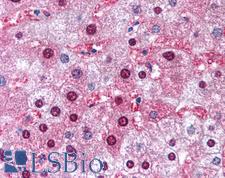



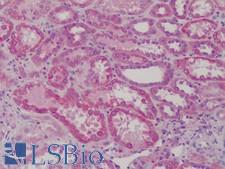
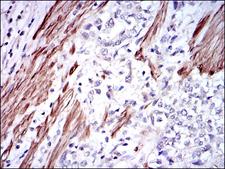
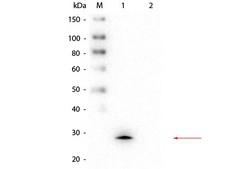
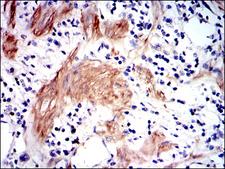
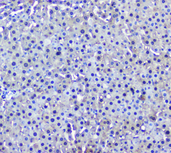
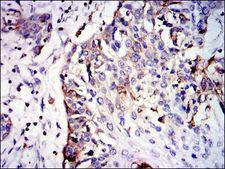
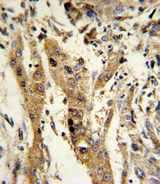
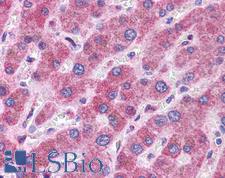




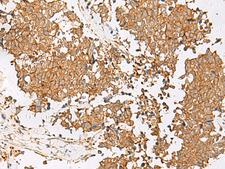

If you do not find the reagent or information you require, please contact Customer.Support@LSBio.com to inquire about additional products in development.










